As the U.S. military shifts its focus back to fighting more traditional, near-peer adversaries like Russian or Chinese troops, the services are building out plans to revamp their gear to deal with better-equipped forces backed by money and technology from world powers.
That extends all the way down to the clothing and equipment each of these adversaries could be wearing into battle, including sophisticated body armor.
That’s why SOCOM is reportedly looking at replacing its decades-old armor piercing small arms round.
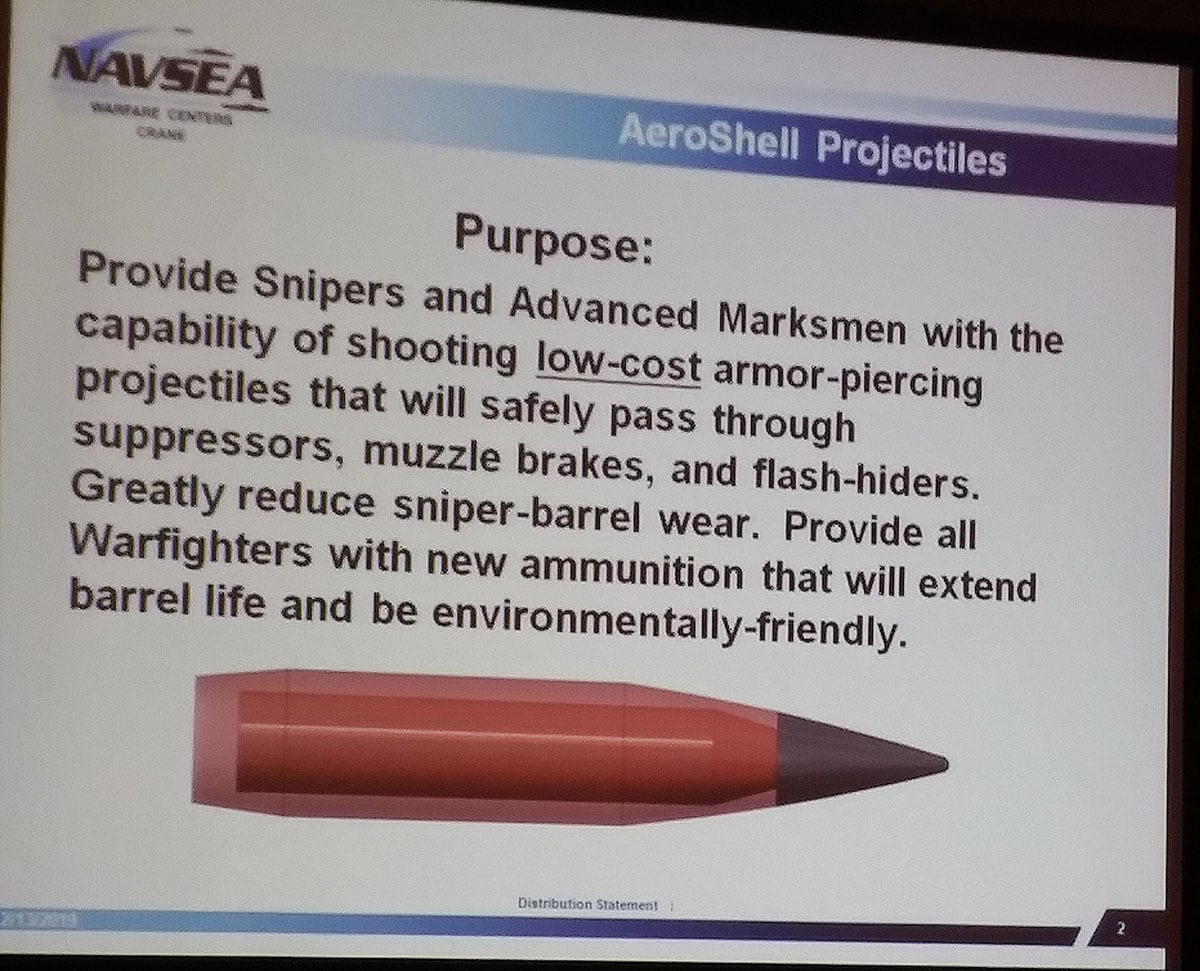
“Snipers in USSOCOM units have a capability gap in their ability to penetrate enemy body armor, small boat engines and concrete barriers,” Crane researchers said in a slide presentation at this year’s National Defense Industries Association Armaments Symposium.
The current round uses a discarding sabot the shields a sharpened tungsten penetrator that’ll beat most armor and hard targets.
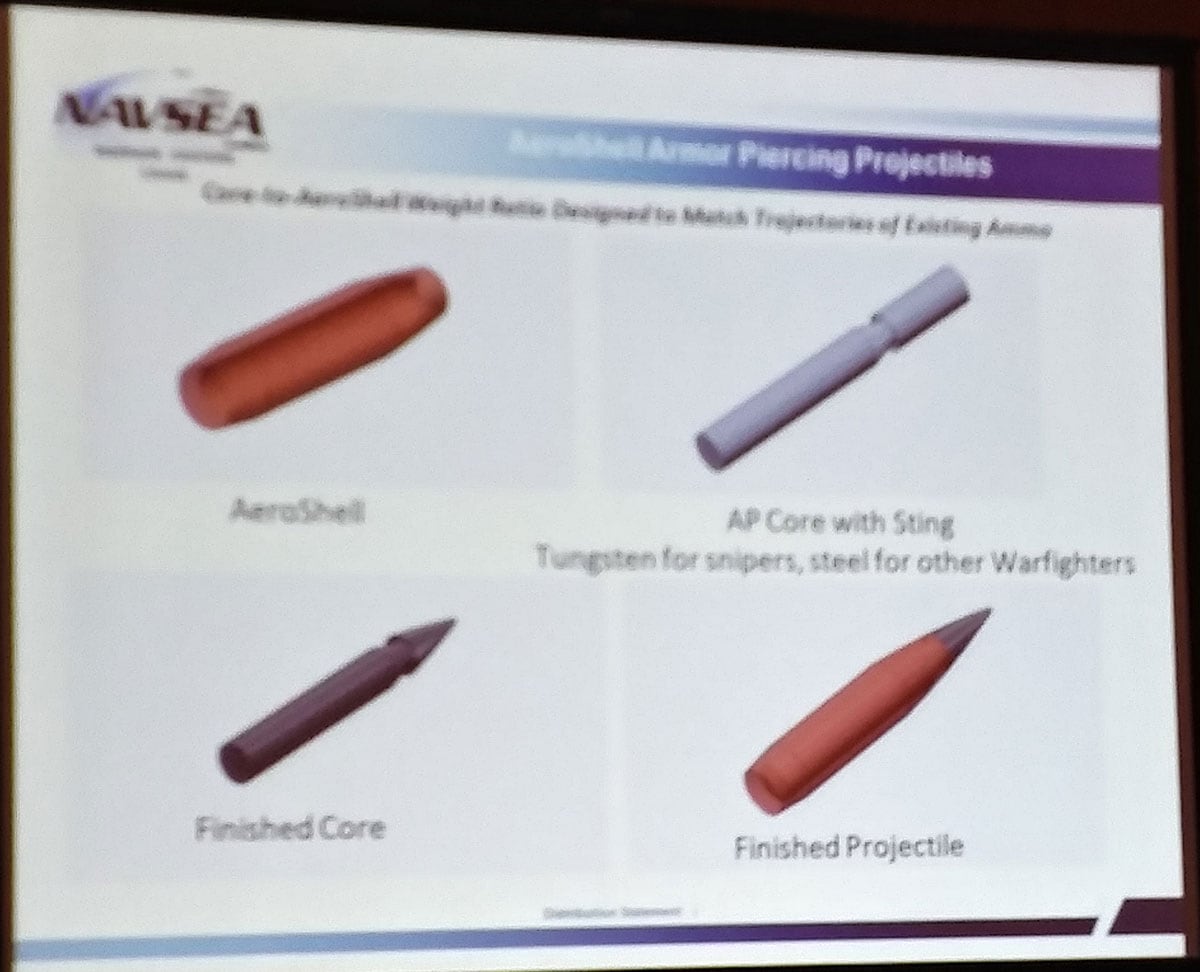
But that round is expensive at more than $10 per cartridge, can damage modern small arms accessories like suppressors and muzzle brakes and doesn’t hold zero when switching from a traditional jacketed round to the AP round. That makes it difficult for snipers to go from one round to another and hit their target in the heat of battle.
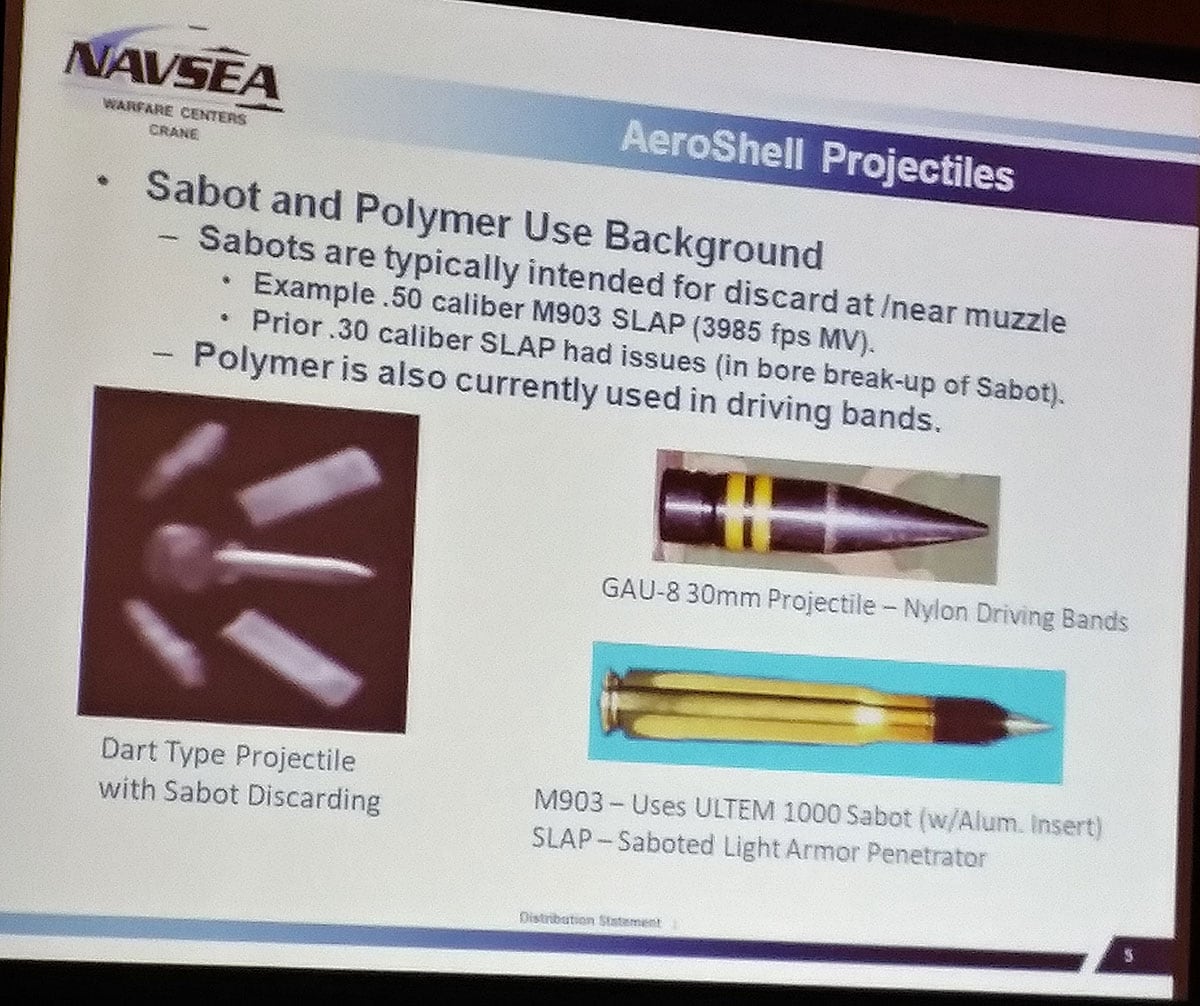
So researchers at the Naval Surface Warfare Center in Crane, Indiana, are looking at a new way to make the rounds cheaper, easier on snipers’ guns and more ballistically consistent with common, jacketed bullets.
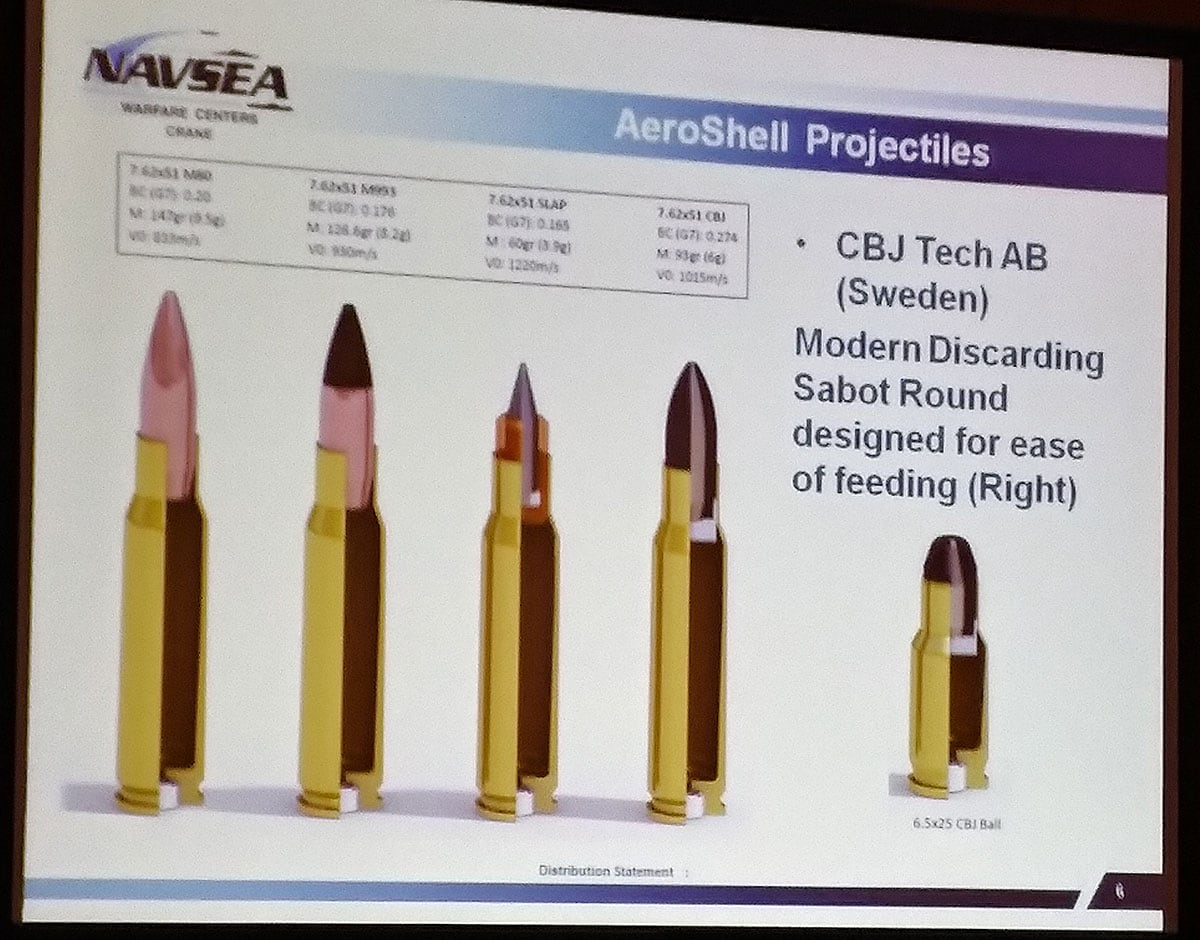
Dubbed “aeroshell” projectiles, the Crane engineers want to build and test bullets with a tungsten penetrator jacketed in a polymer shell. Federal Ammunition, a civilian ammo company, makes rounds with similar characteristics dubbed “Syntech."
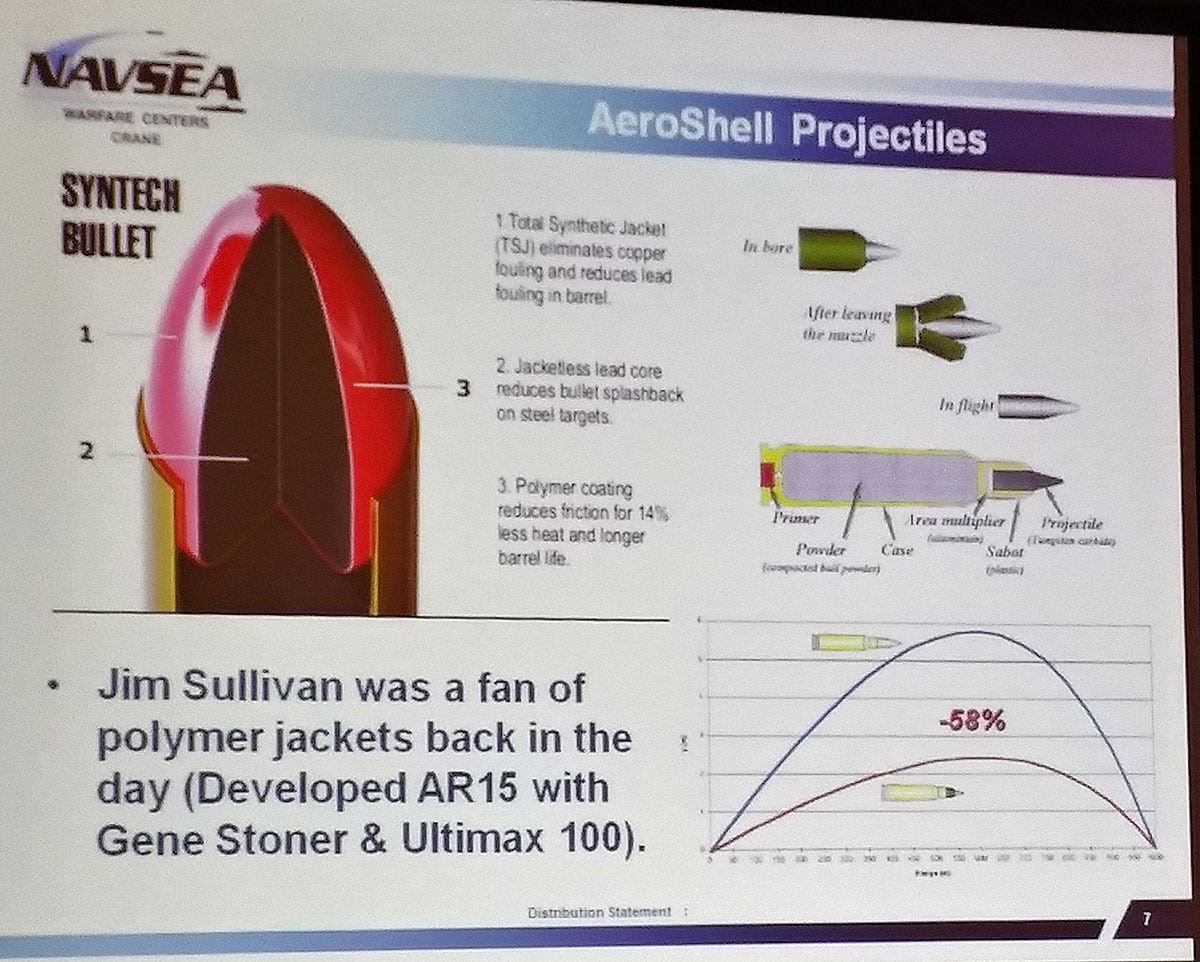
These rounds are typically used by competitive shooters who shoot many rounds in practice and at matches and want to preserve barrel life and diminish spawl from hitting steel targets.
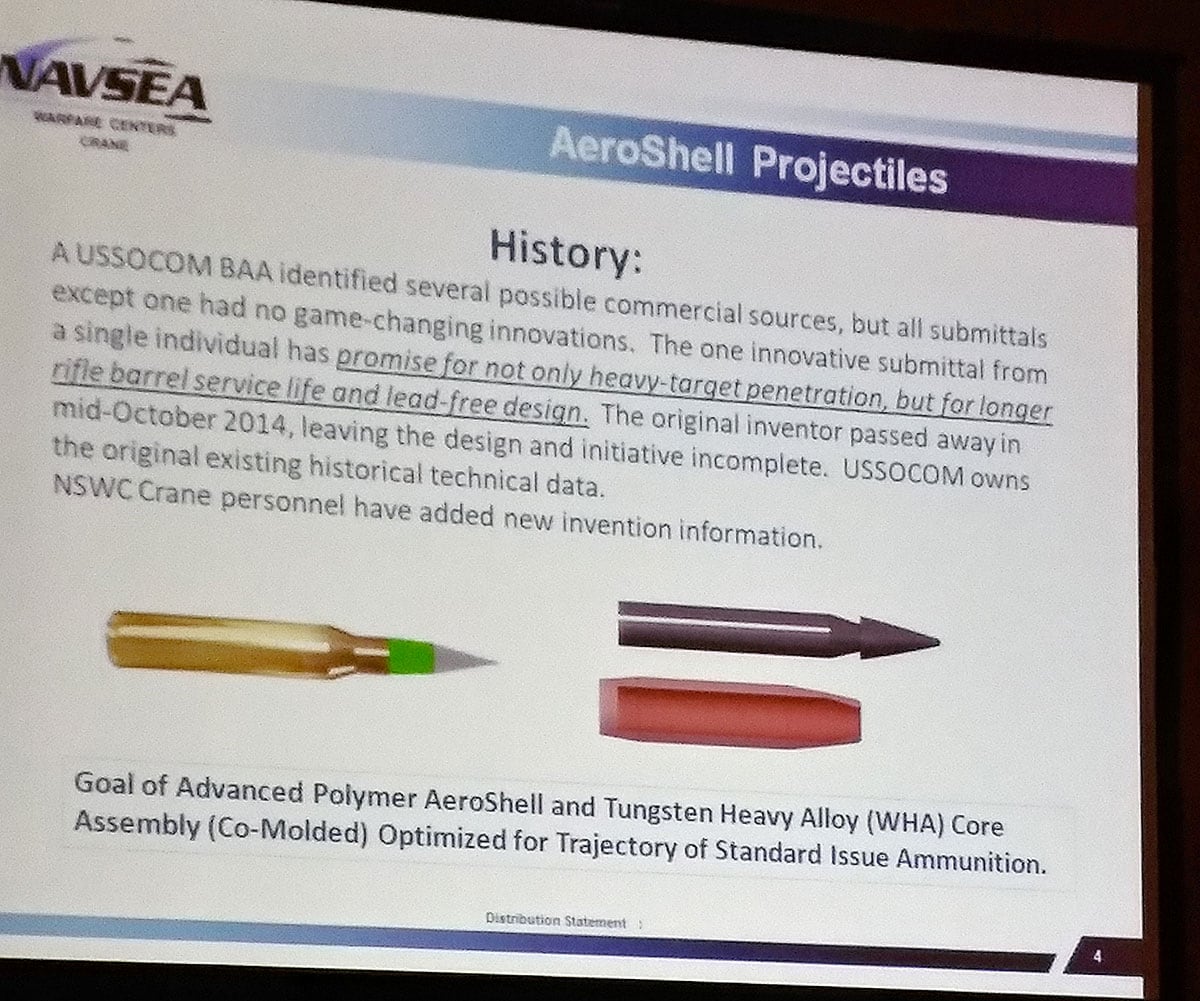
Crane researchers want to take the same thought process and apply it to a new AP round. The actual penetrator could have a slightly different shape than the current rounds, with more of a traditional bullet profile than today’s needle-like AP round penetrator.
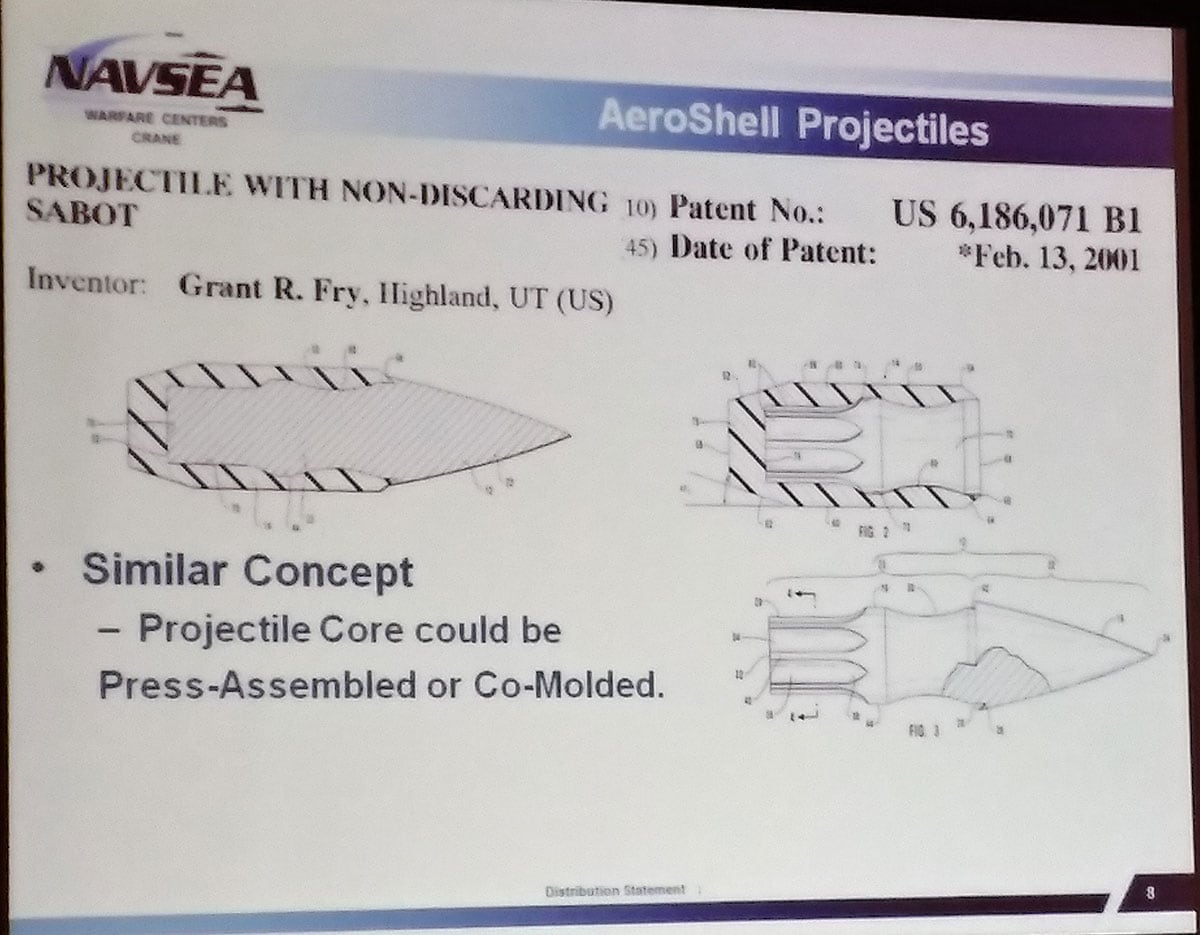
Researchers plan to create about 150 rounds of this new aeroshell AP round in .338 Norma Mag, 300 Norma Mag and 6.5 Creedmoor. They plan to test the rounds against representative body armor at 100, 400, 800 and 1,000 meters.
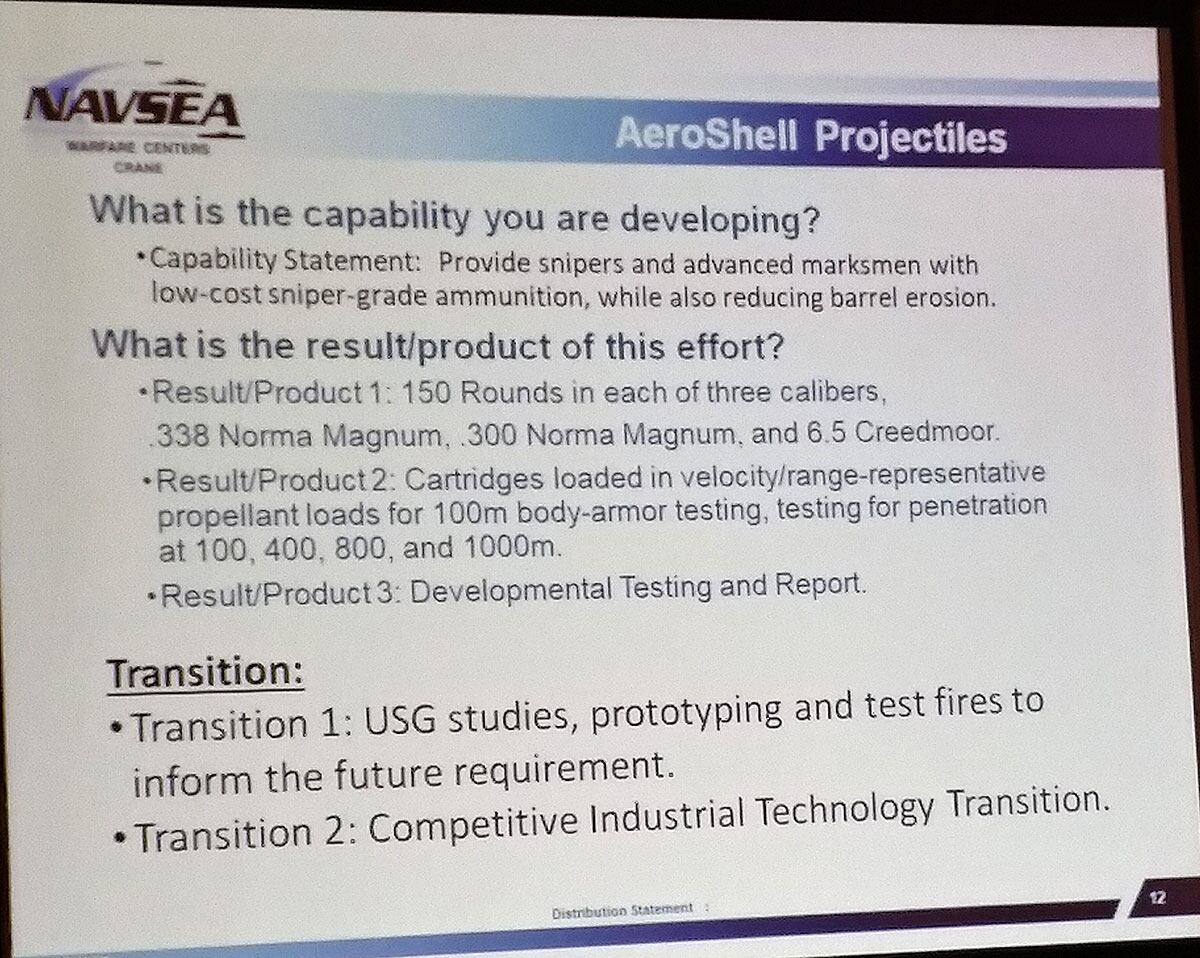
Christian Lowe is senior editor for digital operations and is a competitive pistol and rifle shooter.





